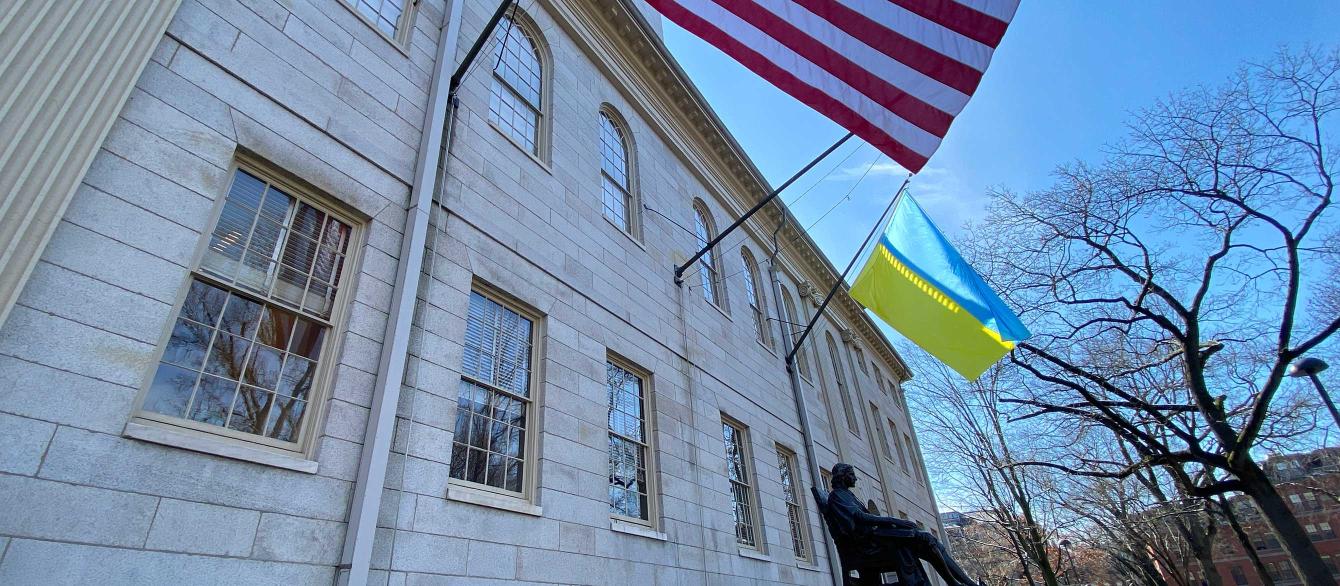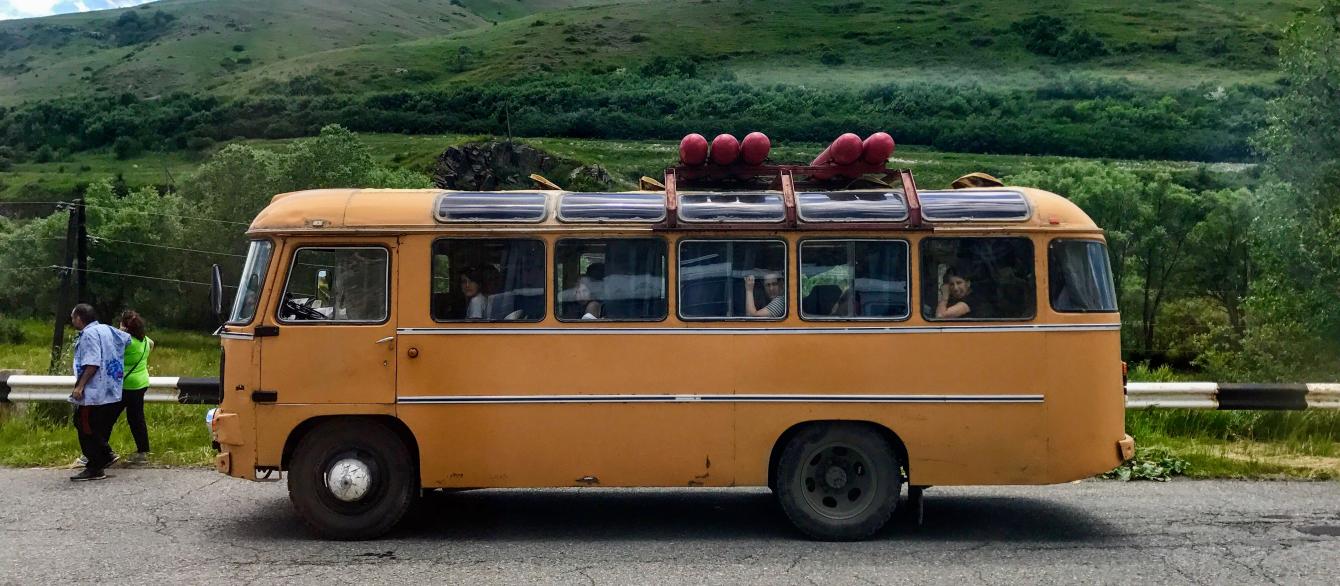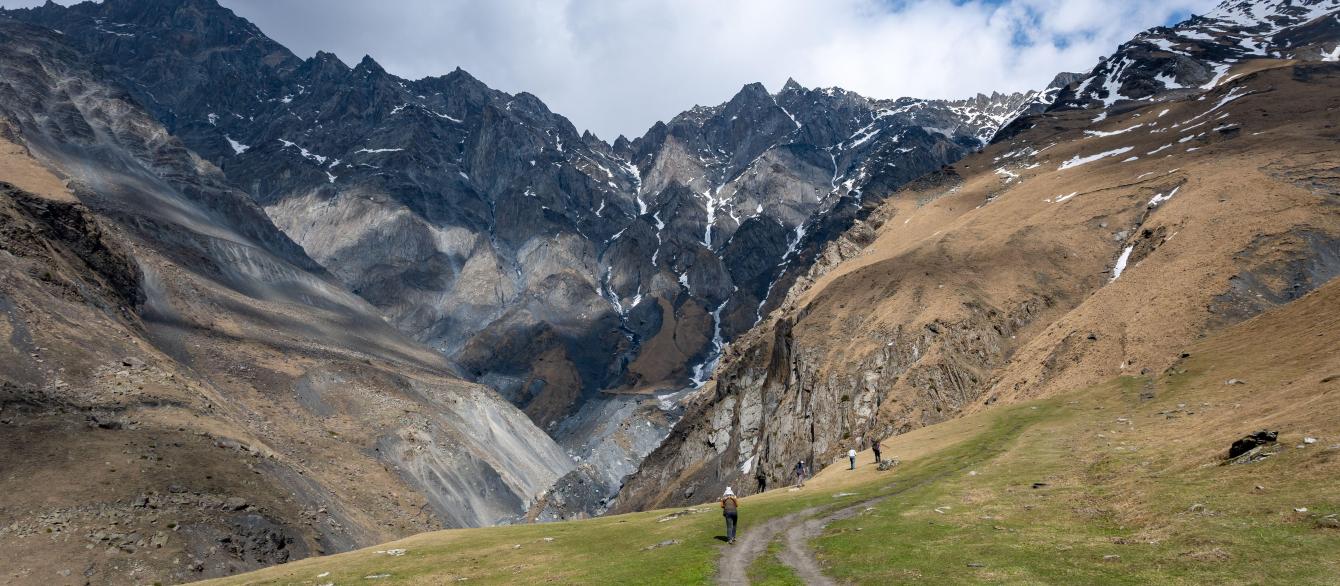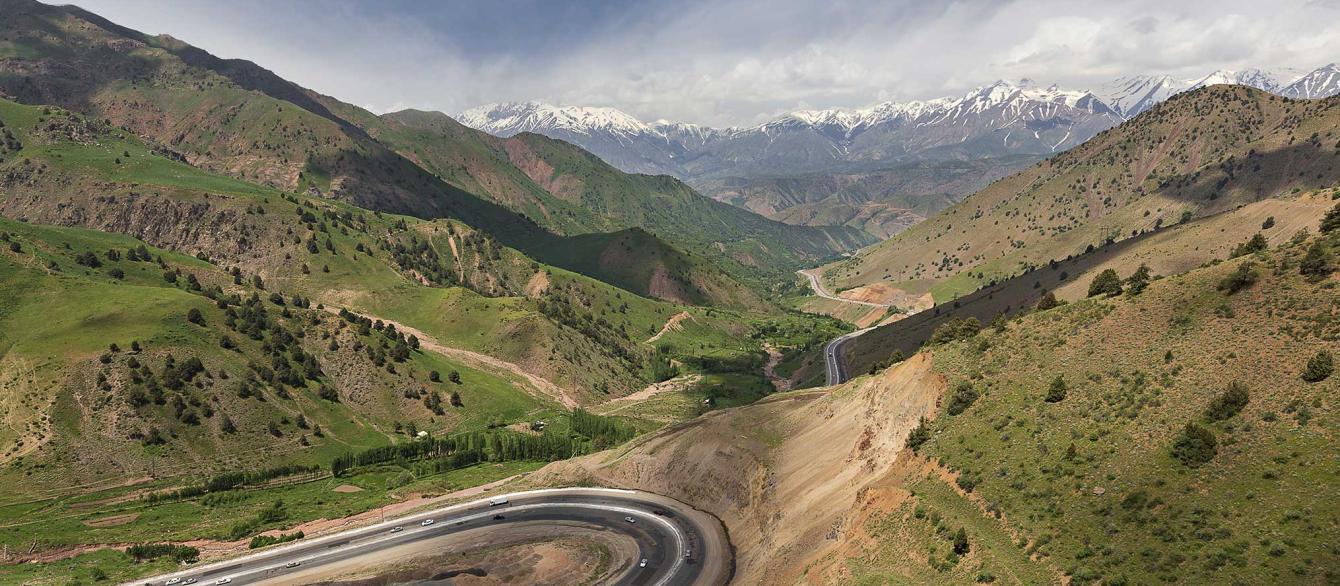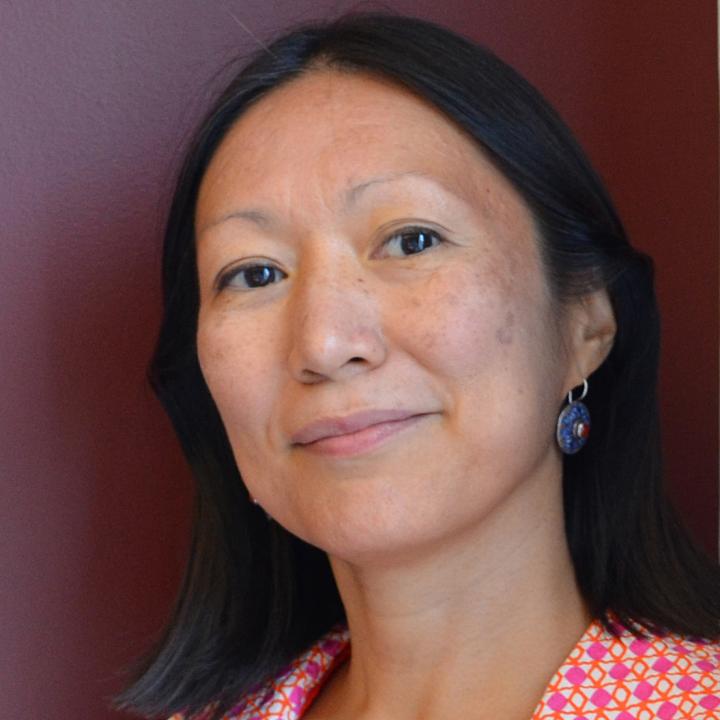For decades, the Ferghana Valley region—densely and diversely populated by Kyrgyz, Tajiks, and Uzbeks with numerous border disputes and enclave populations—has been described as explosive and volatile. In late April 2021, violence erupted at the Tajik-Kyrgyz border, resulting in death, injuries, and destruction of property. While the worst predictions of the region turning into a hotbed of terrorism or a war zone have not materialized, recent events show that the potential for conflict remains. The collapse of the government and Taliban takeover in neighboring Afghanistan create another source of trouble and instability for Central Asia.
Over the last three decades, international actors have spent significant effort and resources attempting to prevent conflict. It is important that lessons learned from these attempts be incorporated into future peacebuilding programs.Luigi De Martino, Peace Initiatives in Central Asia: An Inventory, Swiss Ministry of Foreign Affairs, 2001, https://www.files.ethz.ch/isn/48316/SR%202%20Peace%20initiatives%20CA.pdf (accessed June 10, 2021).
Late 1990s
The Council on Foreign Relations’ (CFR) Center for Preventive Action was one such international actor working to curb conflict in the late 1990s, when Central Asia was still reeling from the collapse of the Soviet Union and Tajikistan was recovering from civil war. The Center’s report Calming the Ferghana Valley recommended the creation of cross-border institutions and regional foreign assistance programs to promote economic development and monitor potential conflict; support for civil society and human rights organizations, especially those that span borders; intercultural (ethnic and religious) dialogue programs; and support for foreign direct investment.Nancy Lubin and Barnett R. Rubin, Calming the Ferghana Valley: Development and Dialogue in the Heart of Central Asia (New York: Century Foundation Press, 1999). These remain the main models of peacebuilding efforts in the region.
Far too often, the idea that the “need to look good trumps doing good” has led to a dearth of honest self-criticism and reflection on lessons learned.
Nancy Lubin, the principal author of the report, believes that these findings and recommendations remain all too relevant today, as conflicts in Central Asia become more disparate, immediate, and challenging. Disputes over water, energy, and land (including the enclaves) have sparked conflict since independence, and can become worse due to climate change, as highlighted in a recent Bellingcat investigation.See "Is Climate Change Heating up Central Asia’s Border Disputes? Clues from Satellite Imagery," Bellingcat, August 2, 2021, https://www.bellingcat.com/resources/case-studies/2021/08/02/is-climate-change-heating-up-central-asias-border-disputes-clues-from-satellite-imagery/(accessed August 4, 2021). There are other challenges within and among neighboring countries, including the potential side effects of a growing wave of refugees from Afghanistan into Tajikistan.
While there have been many excellent aid programs, says Lubin, the competition for donor resources has become more fierce. Far too often, the idea that the “need to look good trumps doing good” has led to a dearth of honest self-criticism and reflection on lessons learned. These issues will likely become more glaring if regional conflict intensifies, requiring new, independent, and multidisciplinary efforts to spur honest evaluation and rethinking.
2010s
A decade later, the Ferghana Valley saw another surge of violence. Maija Paasiaro, who worked for the UK-based NGO Saferworld, arrived in the south of Kyrgyzstan before the 2010 breakout of interethnic clashes between the Kyrgyz and Uzbek communities in Osh. Saferworld’s goal was very much in line with Lubin’s recommendations to build cross-border interethnic institutions in partnership with NGOs. Its program on the Tajik-Kyrgyz border was called the “community security approach.”Duncan Hiscock and Maija Paasiaro, Looking back to look forward: Learning the lessons of conflict prevention in the Ferghana Valley (London: Saferworld, 2011).
The Saferworld program aimed to foster dialogue and the capacity to identify and resolve problems, such as resource-sharing, between communities. They did not want to pour in aid money, but rather to focus on bringing local people together and patiently foster new perceptions and mechanisms of interaction. The approach was successful in individual communities but was very resource- and time-intensive, making it extremely challenging to scale up without institutionalizing the bottom-up approach at the national level.
Besides this challenge of scaling up, Paasiaro found several limitations to the international development community’s model for peacebuilding. She saw how difficult it was to ensure the participation of women and youth in male elder-dominated leadership structures. A more fundamental problem was that the communities were sometimes reluctant to interact with their cross-border counterparts.
Paasiaro witnessed how the 2010 Osh conflict incited ethnonationalism in Kyrgyzstan. Clashes at the Kyrgyz-Tajik border in 2014–2015 added fuel to the fire. Some local NGOs in Tajikistan and Kyrgyzstan with which Saferworld worked “weren’t always peacebuilders at heart” and pointed fingers in these tense moments, Paasiaro noted. After all, local NGOs cannot be expected to be outside of the communities they represent.
The people-to-people relationships Saferworld built usually allowed communities to gradually come back together while discussing less controversial topics. “There is a history of communities living side-by-side,” Paasiaro said, “positive things to go back to.” However, she believes that the situation is different now. The prevalence of social media as a news source about the conflict has led to more extreme, nationalistic, and one-sided perspectives. She recommended attempting to work with journalists and media influencers and perhaps holding a fact-finding mission about the recent violence, although she admitted the tensions are so high that this is unlikely to be effective in the near term.
2020s
George Gavrilis, who has worked as an adviser and evaluator for UN programs in the region for the past few years, observed the same reluctance to engage across the border, only exacerbated. “These projects that are working across the border are still operating under an assumption that does not appear to be valid anymore, which is that cross-border exchanges are good and communities at the border want more contact,” he said.
Gavrilis thinks there still is a role for international organizations, but local communities want a “buffer” between them more than a facilitator of dialogue. He believes that informal border crossings, legal and illegal, which used to be incredibly frequent and naturally facilitated economic and interethnic relations, have been decreasing recently. Communities are becoming more independent from each other economically and prefer to sell their goods in their own national markets.
Part of this is because of the risk involved in border crossing, but it is also due to increased nationalism on both sides, Gavrilis noted. Even if the initial source of the conflict was resource-sharing, it was never framed as an issue of two villages in conflict over water, but rather a Tajik village and a Kyrgyz village in conflict over water. This, along with state-building processes that required national leaders to call upon citizens to unite around a common idea, has increased nationalism over time. The push to develop civil society in Kyrgyzstan may have also emboldened the emergence of an “uncivil” society that is not afraid to use local action for regressive goals. Gavrilis recommended survey work to create a map of attitudes so that peacebuilding efforts can work with, not against, local preferences.
What now?
Despite the tireless efforts of international organizations, issues that have been present for decades, like scarce resources and nationalism, are only intensifying in the region, inflamed by new factors like social media. As Gavrilis suggested, a new paradigm for international work might be necessary. This would require the hard self-reflection that Lubin noted has been lacking.
As the U.S. presence in neighboring Afghanistan ends and other priorities like COVID-19 are at the forefront of international agenda, conflict prevention efforts in Central Asia may suffer from fewer resources and less attention. At the same time, the region's conflict potential will increase, as the tragic and unstable situation in Afghanistan may cause Central Asian countries to increase military presence at their borders and potentially have to manage an influx of refugees. This makes it all the more important to understand both lessons learned from past efforts and new conflict-provoking factors so that aid can be efficiently delivered.

